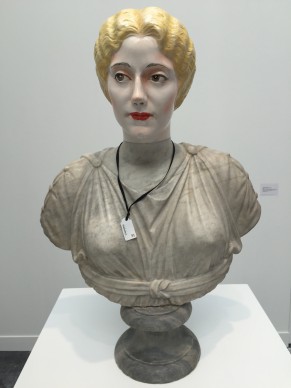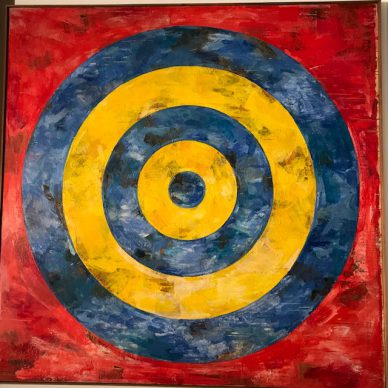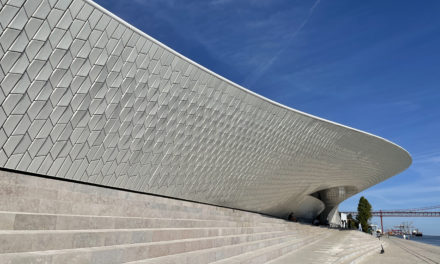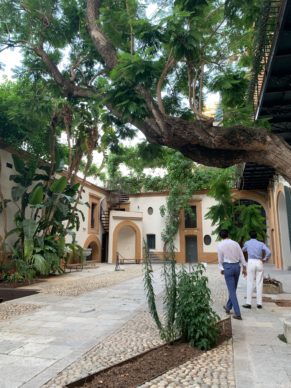
Palazzo Butera
City of migration
Palermo is a fascinating city, and one that’s sparked a lot of conversation in recent years. Firstly, this is due to its current international relevance as it’s one of the major sites of migration from Africa to Italy, where its mayor Leoluca Orlando, contrary to the nationalist discourse proliferating around the world, describes migrants as a great asset. Watch this video interview with him from 2018.
Art lovers

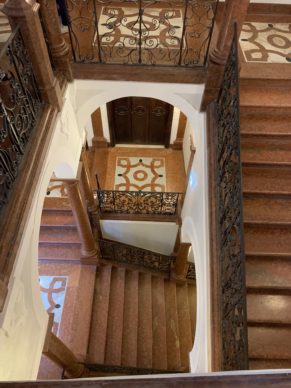
Secondly, this is because art lovers are now starting to open their eyes to Palermo’s other riches, which are exceptional, hailing from all eras and taking the form of palaces, places of worship and other edifices built by the Arabs and the Normans or followers of Italian Liberty style via the adherents of grandiose Baroque.
Sleeeping beauty
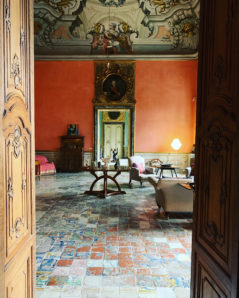
Palazzo Butera
Until relatively recently Palermo was a sleeping beauty, devastated and disfigured by bombs during the second world war, whose old town centre had fallen into disuse and had been replaced by a new city with bland, comfortable buildings.
Manifesta 2018

Palazzo Butera
Then in 2018 Palermo hosted Manifesta (see the report about Manifesta). If there’s one thing this nomadic contemporary art biennial brought to the city – setting aside its vaguely uninspiring artistic offerings – it was the potential for the rediscovery of forgotten places, all the hidden treasures, all the huge palaces in appalling condition, decorated with frescos, sculptures and stairways, sublimely beautiful and reminiscent of the fact that in days gone by the high-ranking Palermitans would compete to have the most beautiful or best-decorated home.
Palazzo Butera
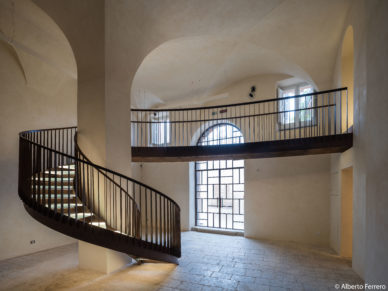
Palazzo Butera
It was on this occasion that a site was discovered in the process of being restored, which was one of the most beautiful places in Sicily during the 17th and 18th centuries. This was the Palazzo Butera, famous for its monumental façade that overlooks the Gulf of Palermo.
Francesca and Massimo Valsecchi
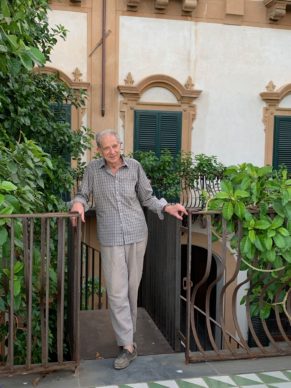
Massimo Valsecchi
It had been left derelict until 2016 when it was bought by a Milanese couple, Francesca and Massimo Valsecchi. Despite being long-time contemporary art enthusiasts, they don’t attend the biennials or fairs. They also don’t want to organize any big opening for their palace undergoing refurbishment. The Palazzo Butera will serve several purposes.
Richter, Warhol, Gilbert&George
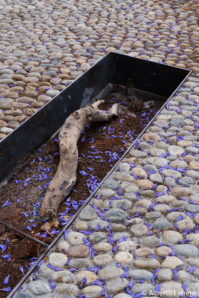
Palazzo Butera
The most straightforward of these consists of housing the couple’s collection, featuring works by Gerhard Richter, Andy Warhol and Gilbert & George among others, pieces from the decorative arts (which they consider just as valid as fine art), along with old master’s paintings, accumulated over nearly 50 years. They have also commissioned certain works in situ, like a grandiose project that fills an entire room by the artists Anne and Patrick Poirier.
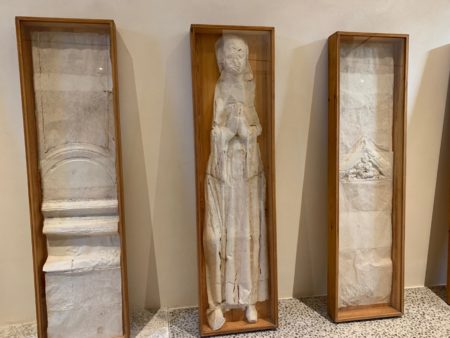
A&P Poirier
Anne &Patrick Poirier
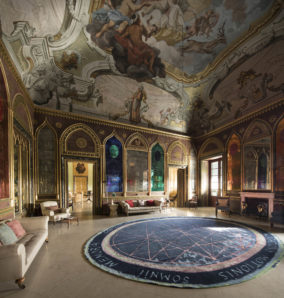
Palazzo Butera
Watch the video interview with the artists, who discuss their Palermo project.
Social laboratory

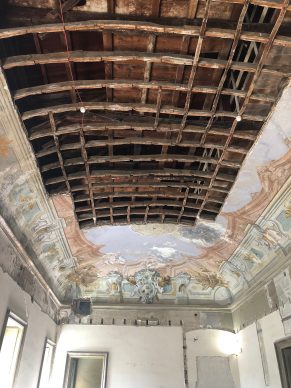
Lastly the site’s main purpose is to serve as a laboratory for reflecting on the impact that art and creation from different origins might have on society within a Sicilian and even a global context, where migration has become a major issue.
The palace has been restored over four years, in accordance with standard practice. Today only some of the rooms are open to visitors. The project, which is in development, still seems to be quite vague at its heart, and very experimental, although the way it appears to be taking shape is remarkable.
Massimo Valsecchi
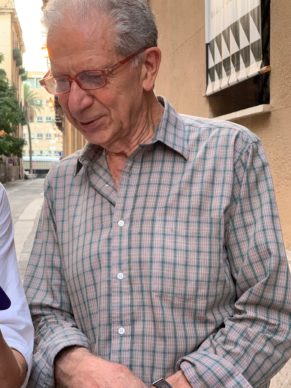
Massimo Valsecchi
The owner of the site, Massimo Valsecchi, is a very private person, but he agreed to open up and outline his vision.
Milan
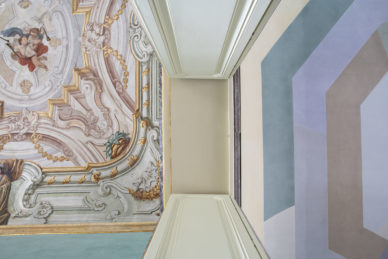
Palazzo Butera
“My wife Francesca is always the one who makes the important decisions. She was born in Milan, I was born in Genoa. During the 1970s after working as an insurance broker in London, a job I hated, I opened a gallery in Milan in the old Ducal Mint designed by Bramante. It was the opposite of a “White Cube”. The contemporary artists Anne & Patrick Poirier, Gerhard Richter, Gilbert & George and John Baldessari could be juxtaposed with the various friezes, frescoes and ceilings. But I sold practically nothing.
England
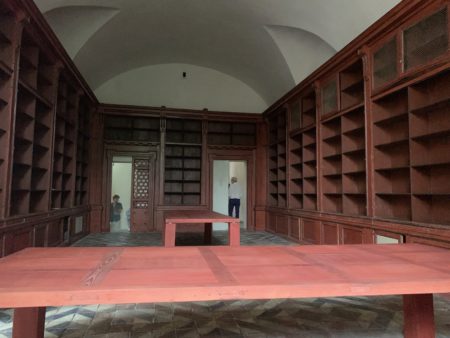
Palazzo Butera
Francesca encouraged me to return to London. Without a gallery I had more freedom and I staged exhibitions in various museums around the world. At the same time, between the late 1970s and mid-1980s, we bought old masters which at the time were strangely considered to be “unfashionable”. So a painter as important as Andrea Solario (1460-1524) was less expensive than many contemporary artists. Then the prices went up. After that I became more interested in the Arts & Crafts movement and in the decorative arts more generally. I was always of the opinion that porcelain, for example, could be considered to be a true form of sculpture. We have loaned 350 pieces from our collection to the Ashmolean Museum in Oxford and the Fitzwilliam Museum in Cambridge.
Palermo
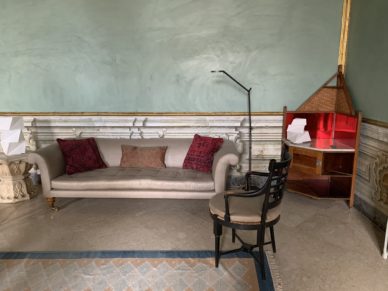
Palazzo Butera
Francesca came to visit Palermo and she thought it was a wonderful city. The Sicilians are the result of successive migrations and invasions. So there are no indigenous plants in Sicily. Everything has emerged from contaminations, migrations, the mixing of cultures, religions and trades. We thought if we based ourselves in Palermo and took a house which was larger than our personal needs then we could set up various projects that were important to us. The Palazzo Butera was in an awful state back then. This was in 2016. I think that by the summer of 2020 the restoration of 8000m2 of its spaces will be complete.
Palazzo Butera
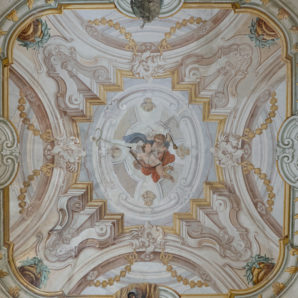
Palazzo Butera
Art is the simplest metaphor for making the link between harmony and chaos. I don’t like the principle of foundations. I’d like the Palazzo to be a centre for a new form of social enterprise, one that doesn’t act as a monument but rather as a work in progress. James Cuno, the former director of the Getty, told me he thought it was a crazy idea, even a risky one. But I think it’s time to challenge the standard museum model. This project will serve the European identity in a more general sense. Do you know that over four years 40 workers, the best in their fields, came here from the mountains and contributed to restoring the site. They worked here. They slept here, too. I was with them the whole time. They understood that they were part of a new kind of project, and they became very involved. The Palazzo Butera is a public project funded by private individuals.”

Palazzo Butera
Palazzo Butera https://palazzobutera.it/it
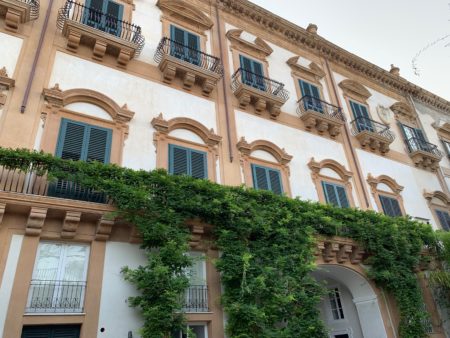
Palazzo Butera
Support independent news on art.
Your contribution : Make a monthly commitment to support JB Reports or a one off contribution as and when you feel like it. Choose the option that suits you best.
Need to cancel a recurring donation? Please go here.
The donation is considered to be a subscription for a fee set by the donor and for a duration also set by the donor.

